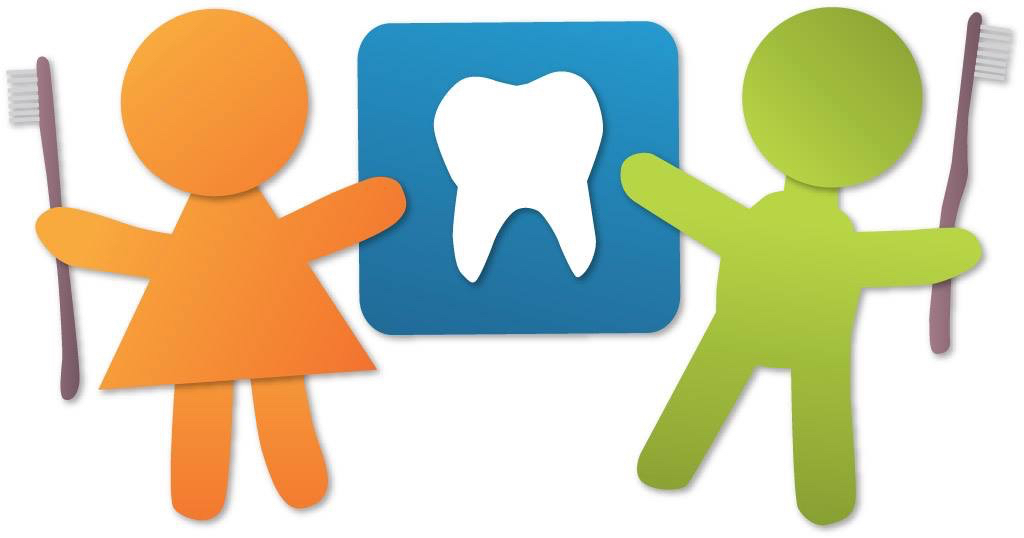What is plaque?
Plaque is a sticky film in which bacteria breed. Plaque is made up of invisible masses of harmful bacteria that live in your child's mouth and stick to his/her teeth. Proper brushing of your child's teeth removes plaque from the inner, outer, and chewing surfaces of his/her teeth. Some types of plaque cause cavities while other types of plaque cause gum disease. The bacteria in this plaque interacts with sugars and starches in your child's food and forms an acid which de-mineralizes the enamel of his/her teeth causing a cavity. The bacteria in plaque take about 24 hours to mature to the point where they can produce the acid that causes cavities and makes gums bleed.
What is the Role of Saliva in Maintaining Healthy Teeth?
Saliva or spit is very important for your child's healthy teeth. It balances acids and provides other ingredients that protect his/her teeth. If you can not brush your child's teeth after a meal or snack, you can give him/her sugar-free gum to chew. This sugar-free gum will stimulate the flow of saliva to help reduce the effect of acids. Sugar-free candy or mints can also be given to your child, but some of these products contain acids themselves. Acids in sugar-free candy will not cause tooth decay, but can slowly dissolve the tooth enamel over time in a process called erosion. Some sugar-free gums are made to help fight tooth decay and contain baking soda that neutralizes the acids produced by the bacteria in your child's plaque. Gum that contains Xylitol as its first listed ingredient is the gum of choice. This type of gum has been shown to protect against tooth decay and to reduce the decay causing bacteria. Antibacterial mouth rinses reduce the numbers of bacteria in your child's mouth that cause tooth decay and are useful if your child is a high risk for tooth decay. These rinses are only for children who can rinse and spit.
Daily brushing and flossing prevents both tooth decay and gingivitis.
Gum inflammation results from the plaque on your child's teeth which serves as a breeding ground for bacteria. Red, puffy, or bleeding gums can be the first signs of gum disease. Gingivitis is the proper name for this gum inflammation, and it is has been estimated that 98% of all young people have some degree of gingivitis. Gingivitis in children rarely causes long term serious problems. Gingivitis intensifies during puberty and this period of hormonal changes.
If your child's gums do bleed, regular and correct brushing and flossing should eventually remove the plaque and stop the bleeding. If gum disease is not treated, the tissues holding the teeth in place are destroyed and the teeth are eventually lost.
Doctor Wang, Doctor Perea-Corkish, Doctor Gerodias and the other Doctors of Discovery Pediatric Dentistry make no warranties, expressed or implied, as to any results to be obtained from use of the information on this page. We cannot diagnose or treat patients over the Internet. Information on this site is for educational purposes only. You should not rely on this information as a substitute for personal, medical, and/or dental attention or diagnosis. Without all available information about a patient, it is impossible to make a diagnosis. Help and answers are in the form of general ideas. Only you, your dentist, and other necessary and qualified health care providers can make an appropriate treatment decision in an emergency or for everyday care and dental treatment.


